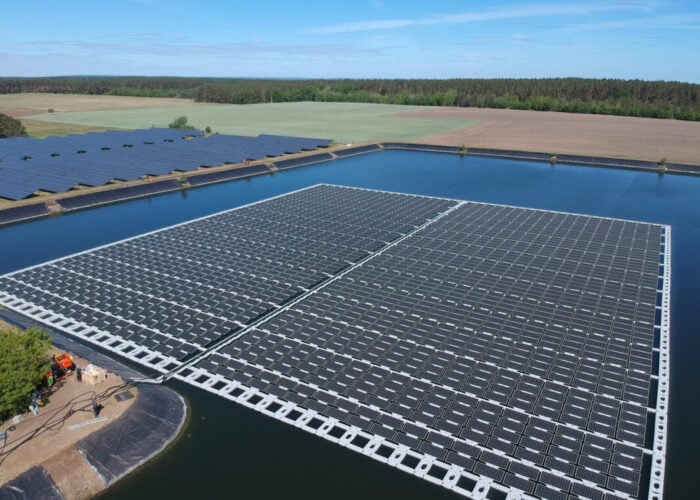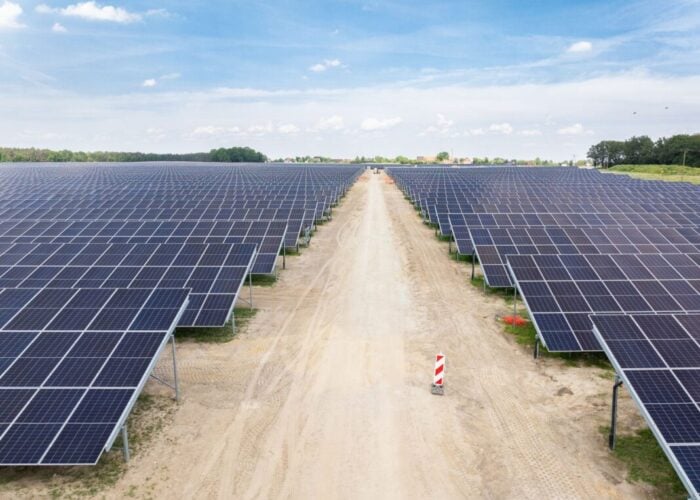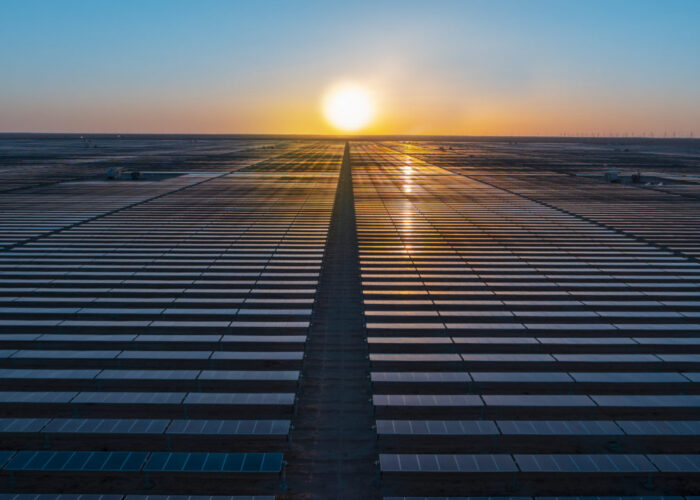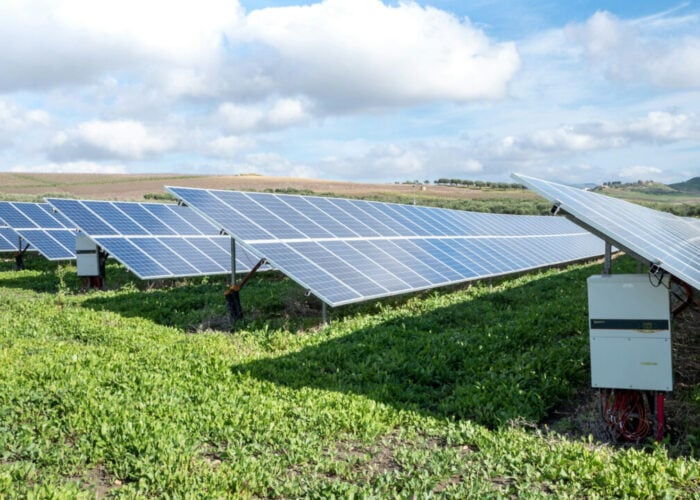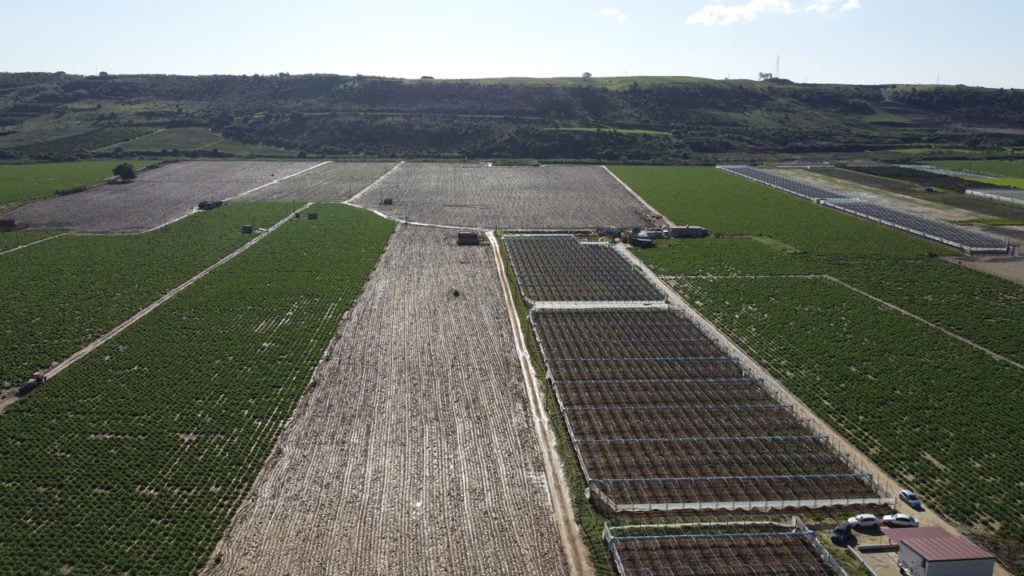
Italy added 5.23GW of new solar PV capacity in 2023, according to trade association Italia Solare, significantly higher than the 4GW of new capacity installs forecast by the trade body, and the highest annual total since 2011.
The news is very encouraging for the Italian solar sector, which reported an increase in new power plants connected of 85% over the previous year, and an increase in new power capacity connection of 111% over 2022. The sector has also come to rely increasingly on large-scale projects, with Italia Solare noting that, in the third quarter of 2023, Italy added 341MW of capacity at what it calls “large plants”, those with a generation capacity of over 10MW. This compares to 420MW of capacity connected through large plants between January 2020 and September 2023.
Unlock unlimited access for 12 whole months of distinctive global analysis
Photovoltaics International is now included.
- Regular insight and analysis of the industry’s biggest developments
- In-depth interviews with the industry’s leading figures
- Unlimited digital access to the PV Tech Power journal catalogue
- Unlimited digital access to the Photovoltaics International journal catalogue
- Access to more than 1,000 technical papers
- Discounts on Solar Media’s portfolio of events, in-person and virtual
The graph below shows how total annual capacity installations have changed over the last decade, with 2023 marking the second consecutive year that Italy has installed more than 1GW of new solar capacity.
Italy’s solar sector is also notable for its reliance on distributed generation, as half of the capacity installed in 2023 came in the commercial and industrial sector (C&I), 28% in the residential sector and 22% in the utility-scale sector. This is unlike other European markets, with SolarPower Europe expecting utility-scale projects to lead European capacity installations, accounting for 34% of all operational capacity, in 2023, while C&I solar will account for 33%. This compares to 2020, when C&I accounted for 40% of all European solar capacity.
The Italian solar sector is also unusually reliant on the residential sector, with Italia Solare reporting that 43% of the power capacity added in 2023 was in the residential sector. Much of this was driven by the government’s Superbonus scheme, an initiative where citizens could receive a 110% tax credit for making energy-efficient home improvements, such as installing solar panels, which Paolo Viscontini, president of Italia Solare, told PV Tech Premium meant the installations were “practically paid by the state”.
While this scheme will be less influential in the future – for the majority of citizens the tax credits fell to 70% this year – there is still considerable interest in the distributed generation sectors. Italia Solare reports that the average monthly capacity of C&I installations in 2022 was 56MW, rising to 120MW in the first half of 2023, and then increasing again to 180MW in the second half of 2023.
With the new additions, the Italian solar sector now has an installed capacity of 30.28GW, over one-third of the 80GW capacity it targeted in its latest National Energy and Climate Plan (NECP), which it submitted to the EU last year. This is significantly more than the 52GW of capacity targeted in the 2019 NECP, and second-most among EU countries, behind only Germany, as shown in the graph above.
The increased appetite for new solar projects in Italy, driven by both government policy and supportive financial incentives for the residential sector, has also made the sector more resilient than could have been expected, with Visctontini suggesting that the industry has been able to weather external market factors, such as fluctuations in power prices.
“The increase in energy prices has had an important effect on the connections of industrial photovoltaic systems on average with a gap of 6-9 months,” said Viscontini, explaining how fluctuations in power prices slowed connection times, but not appetite, for projects.
“However, [this] trend … did not come to a halt when energy prices began to fall again and this is due to the fact that companies have well understood the advantages of PV, which allows them to ensure the price of energy for at least 20 years, protecting companies from any risk of further surges.”

